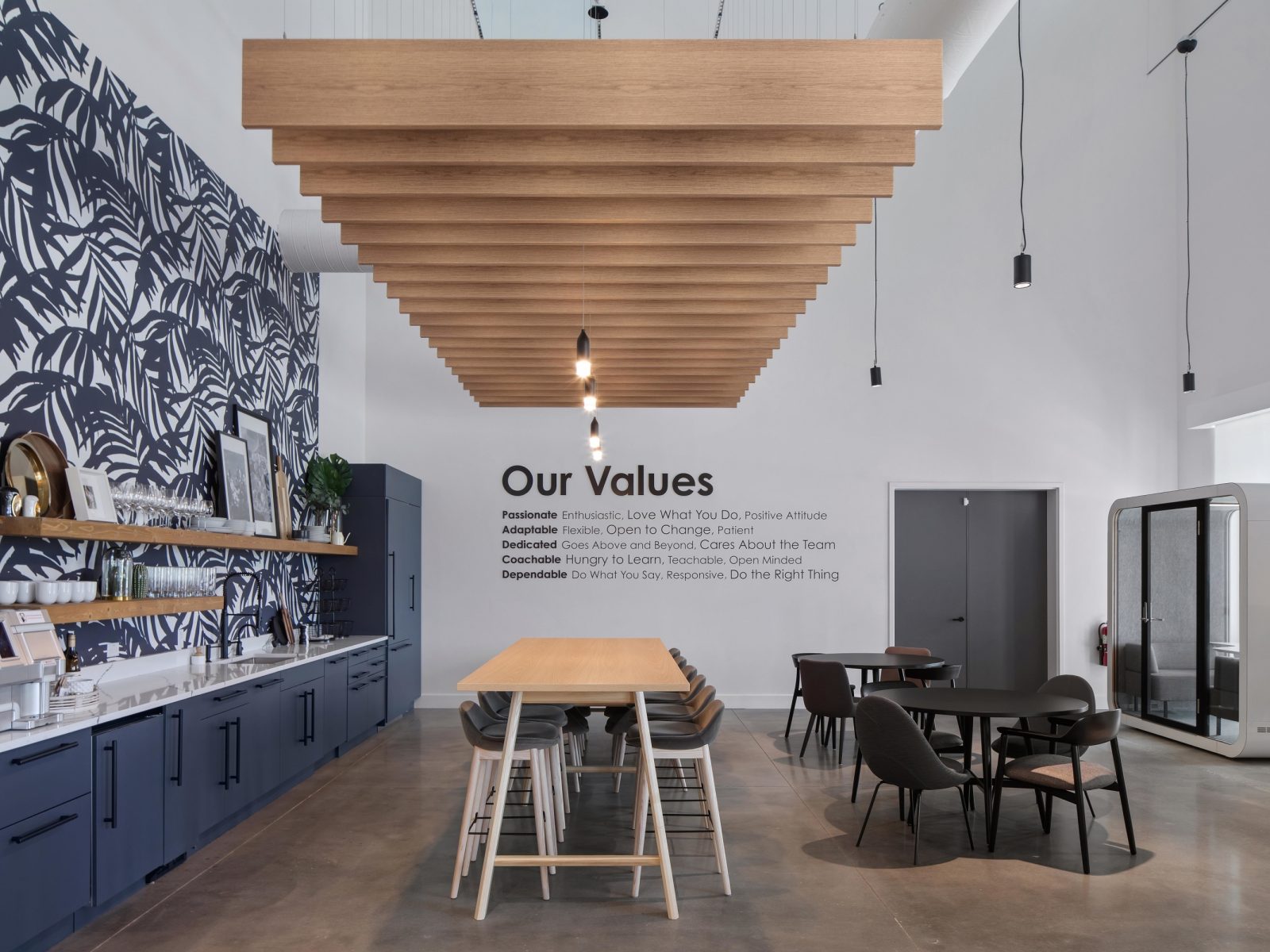How Does the Elastic Interior Apply to Me?
Changes from 2021 are driving the need for an elastic interior, but what does this mean for you? Here are 3 ways the elastic interior can apply to your space.

Changes have been happening in the workplace for years now and will continue to happen. Keeping up with all the new trends can feel overwhelming and unending, yet you want to make your space into the best asset it can be.
The best way to be able to keep up with changes is to plan in advance by creating an elastic interior. Planning to change is the best way to stay current. Creating an elastic interior will allow your space to have the flexibility to meet the needs of your team to make the most of your office. Here are 3 ways the elastic interior can apply to you.
1. Modularity
An easy way to make sure your space is prepared for change is building and buying in a way that will allow for easy adjustment. Design your space with “modules” or units that are easily movable, reproducible, and interchangeable. A modular system will allow you to easily change your space as your needs change. Furniture with the same “kit of parts”, ie, parts that are interchangeable and work together will allow you to reconfigure your furniture as needed and create building blocks for your office that are interchangeable. Modular construction and demountable walls will allow you to rearrange not only the furniture, but the entire floorplate based on your company’s current needs. Easily change a large conference room into two smaller focus rooms, a private office into a common area, and much more.
2. Space Planning
Setting up an office in the past used to be very simple. Figure out how many employees you have, how many will have cubicles, how many will have private offices, and how many large conference rooms do you needs to split up the space. But the way we work has changed drastically, so this simple equation doesn’t cut it. Consider what types of activities are carried out by your workers and plan space for those activities. Does everyone need assigned stations or would more collaborative spaces and unassigned stations work best for some of your team? Your team’s needs are sure to change, so make sure you are measuring this in some way. Technologies like Herman Miller’s Live Platform will allow you see data in real time to see what spaces are being underutilized and where your team will benefit from a change.
3. Pivot according to your Worker’s Expectations
Not only should you record data from the usage of your space, you should regularly check in with your team to see how they are feeling about the office. In order to attract and retain top talent, you’ll want to listen to what your team is wanting and adjust accordingly. Workers are wanting more choice about where they work, whether that is remotely or in different settings around the office. Make sure you are equipping them with the tools and the choice to find the place where they will do their best work.
Create an environment where open feedback is a part of your culture. Regular surveys and check ins with leaders of different departments will allow you to see if you are meeting the team’s expectations.












